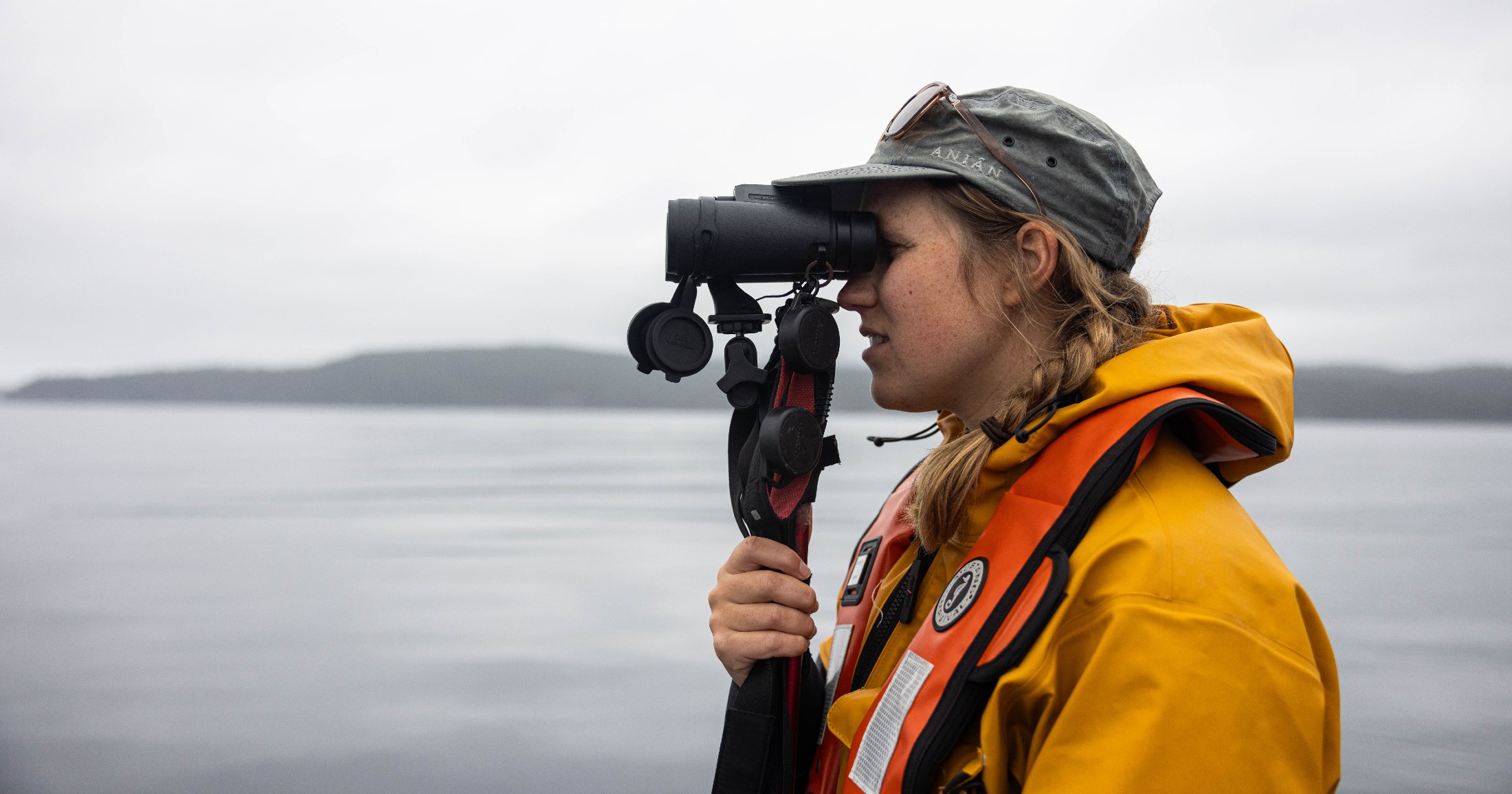Report: Legal Measures to Protect the Gulf Islands Coastal Douglas-fir Zone
A new report shows that stronger forest protection policies are needed for the Gulf Islands.
With stately Douglas firs and cedars, Garry oak meadows, and colourful arbutus groves, Canada’s Coastal Douglas-fir (CDF) biogeoclimactic zone is an iconic and rare landscape. The CDF — which stretches across the southeastern coast of Vancouver Island from Campbell River to Victoria, across the Gulf Islands, and ends in a small sliver of mainland BC — is the least protected of 16 such zones in the province.
A review from the Raincoast Conservation Foundation and Environmental Law Centre (ELC) at the University of Victoria shows that much more needs to be done to protect this important zone, particularly in the Gulf Islands.
The Coastal Douglas-fir zone is not just beautiful, but ecologically significant. The assemblage of ecosystems in the CDF support plant associations that are only found in the Gulf and San Juan Islands, southeast Vancouver Island, and a small part of the BC mainland. They are extremely sensitive to human activities. As the most converted zone in the province, the CDF includes more species of conservation concern than any other zone in BC.
Because 30% of the CDF’s extent occurs in the Gulf Islands, this region is of particular conservation concern. As such, the Islands Trust (Trust) was created by the provincial government in 1974 with the sole purpose of “preserv[ing] and protect[ing] the Trust Area and its unique amenities and environment for the benefit of the residents of the Trust Area and of British Columbia”.
“This was, and remains, an unprecedented move. The Trust Act created a governance structure unlike any other in the province, or indeed the country. The Trust qualifies as neither a municipality, nor a regional district. Instead it is identified as a unique special interest federation. This distinction is both a burden and an opportunity,” said Shauna Doll, Raincoast’s Gulf Islands Forest Project Coordinator.
This uniqueness from BC local governments means the Trust does not have access to the same legal tools that municipalities or regional districts use for tree protection. Attempts by local trustees to implement tree protection through Development Permit Areas (DPAs) have been denied in the past, and currently, the implementation of tree protection bylaws is outside the Trust’s jurisdiction.
In January, Raincoast enlisted the help of the ELC to conduct a review of the legal mechanisms currently available to the Islands Trust to carry out their “preserve and protect” mandate. The ELC’s work resulted in recommendations for improving forest governance in the Islands Trust Area, but one overarching certainty emerged from the process: provincial law reform is necessary.
Review recommendations
The ELC’s report includes ten recommendations for the Islands Trust. Raincoast synthesized them into six proposed motions and presented them to the Islands Trust during a Regular Council meeting in September 2020. These included:
- Pursue Development Permit Areas to protect forest ecosystems and regulate forest practices on private lands
- Seek enforceability of Development Permits
- Pursue the implementation of tree cutting permits and forest management regulations
- Explore options for using zoning (i.e. “Conservation Zoning”) as an approach to regulating tree removal and retention on private lands.
- Prioritize the use of the current tools available for “preserv[ing] and protect[ing] the Trust area and its unique amenities and environment”, such as conservation covenants.
- Amend the Trust Policy Statement to reflect the dual obligation of Local Trustees, and the wider Trust federation, to uphold the Trust’s object.

Support our mobile lab, Tracker!
Our new mobile lab will enable the Healthy Waters Program to deliver capacity, learning, and training to watershed-based communities. We need your support to convert the vehicle and equip it with lab instrumentation. This will allow us to deliver insight into pollutants of concern in local watersheds, and contribute to solution-oriented practices that protect and restore fish habitat.










